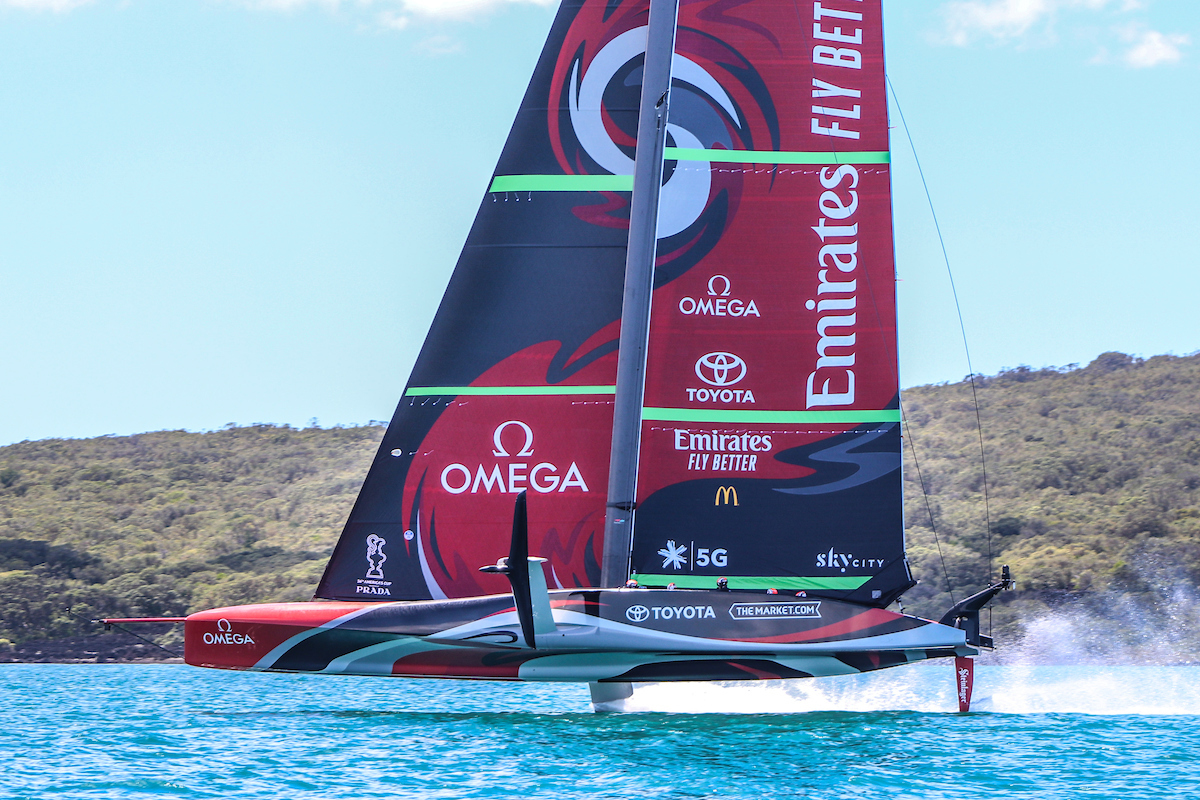Rum_Pirate
Well-known member
Interesting that when Emirates came off foils LR made a 2,000 m lead.
Then LR came off foils, Emirates recovered that distance and then went on to will by almost 2,000m.
Question: Why when the boats are off the foils, why don't they lower the second foil and use both of them to get extra lift to get back up and foiling. Once foiling they can then lift the windward foil.
Then LR came off foils, Emirates recovered that distance and then went on to will by almost 2,000m.
Question: Why when the boats are off the foils, why don't they lower the second foil and use both of them to get extra lift to get back up and foiling. Once foiling they can then lift the windward foil.

